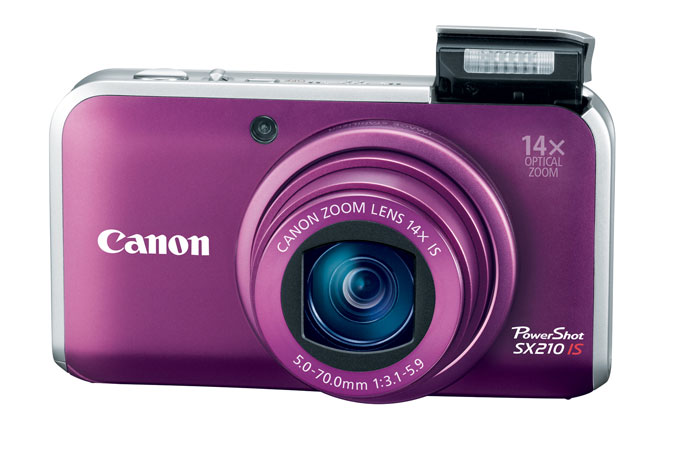Last night's harvest moon was so big I couldn't resist trying to get a shot of it with my little camera, a Canon powershot SX210IS.
It's easier to take pictures of the moon with a point-and-shoot camera in the afternoon, because there is very little contrast between the sky and the moon itself. Here's an afternoon shot taken a few months ago. This was hand-held, at maximum zoom, using the automatic settings. Exposure was .02 sec (1/50), ISO 80. The craters are clearly visible.
Ads by Google
Posted by ellen at September 23, 2010 12:54 PM

It was much harder to get a clear image of last night's moon because it was so bright against the night sky that using any automatic exposure control resulted in a very bright, glowing moon with no detail, and usually just a bright smear, as the camera attempted to compensate for the dark sky.



After some experimentation, I settled on this method: With the camera on "P" mode (programmable), set the ISO to the lowest possible (ISO 80), and change the Light Metering Method to "Spot" so that it would only evaluate the center of the moon. I set the timer on a 2-second delay to prevent accidentally moving the camera when pushing the button. Then with the camera resting on the hood of the car, I located the moon and zoomed in on it to 14X. The results were pretty amazing, for this type of camera. It even did a nice job on Venus, which was really just a point of light a little below the moon.
Ads by Google


